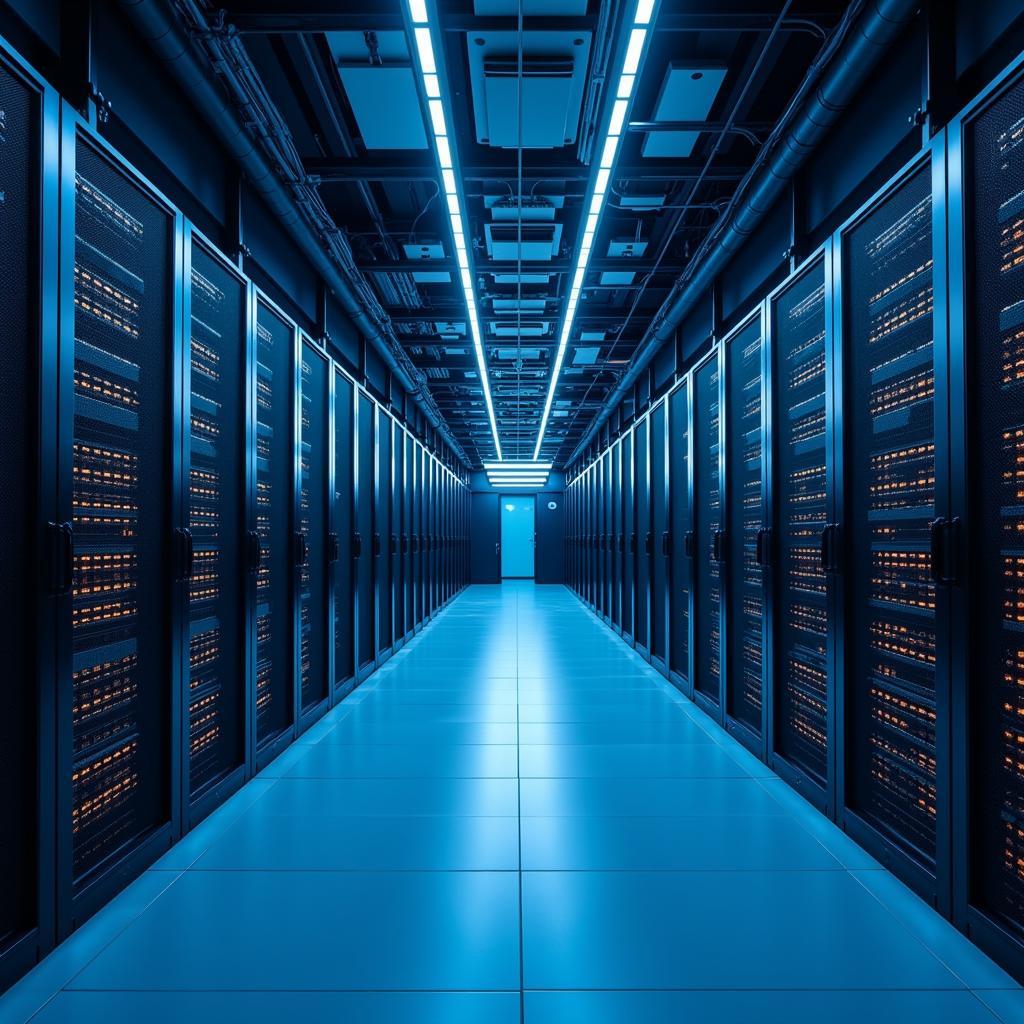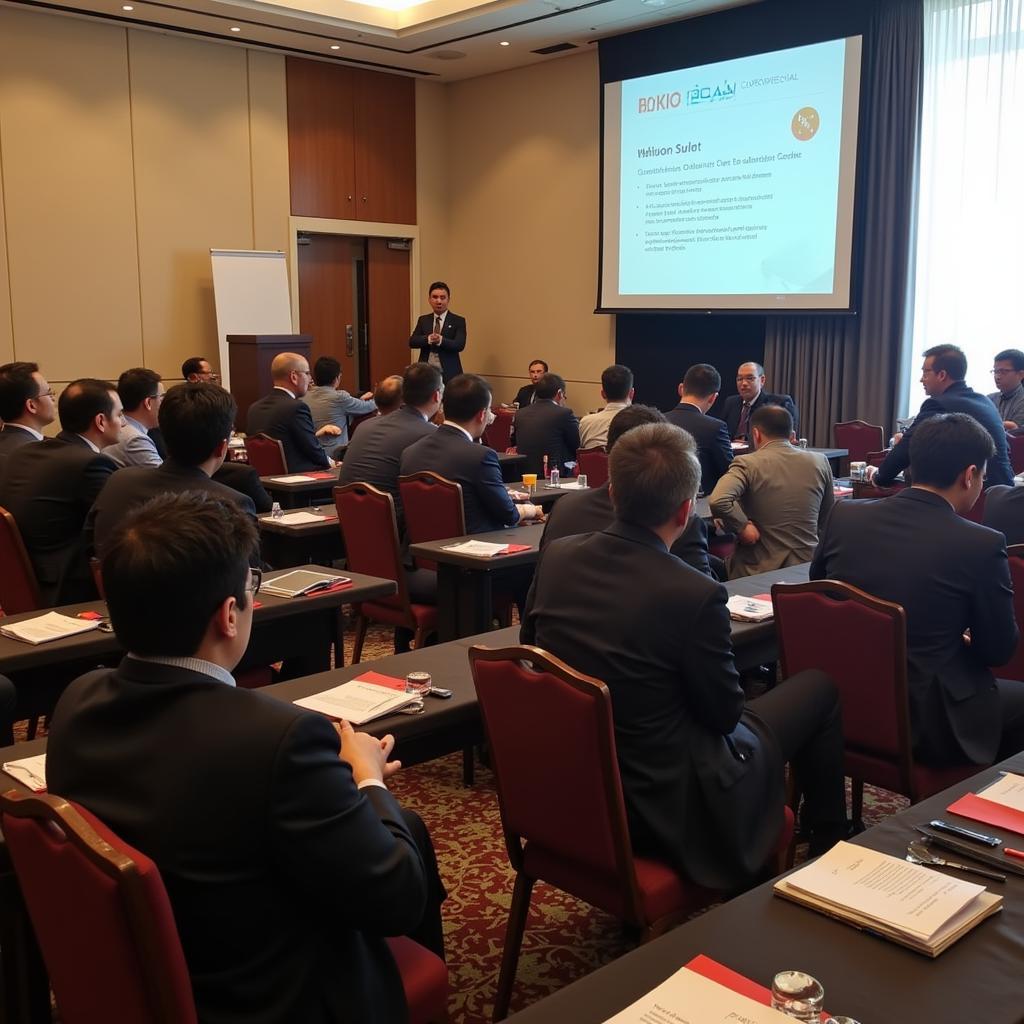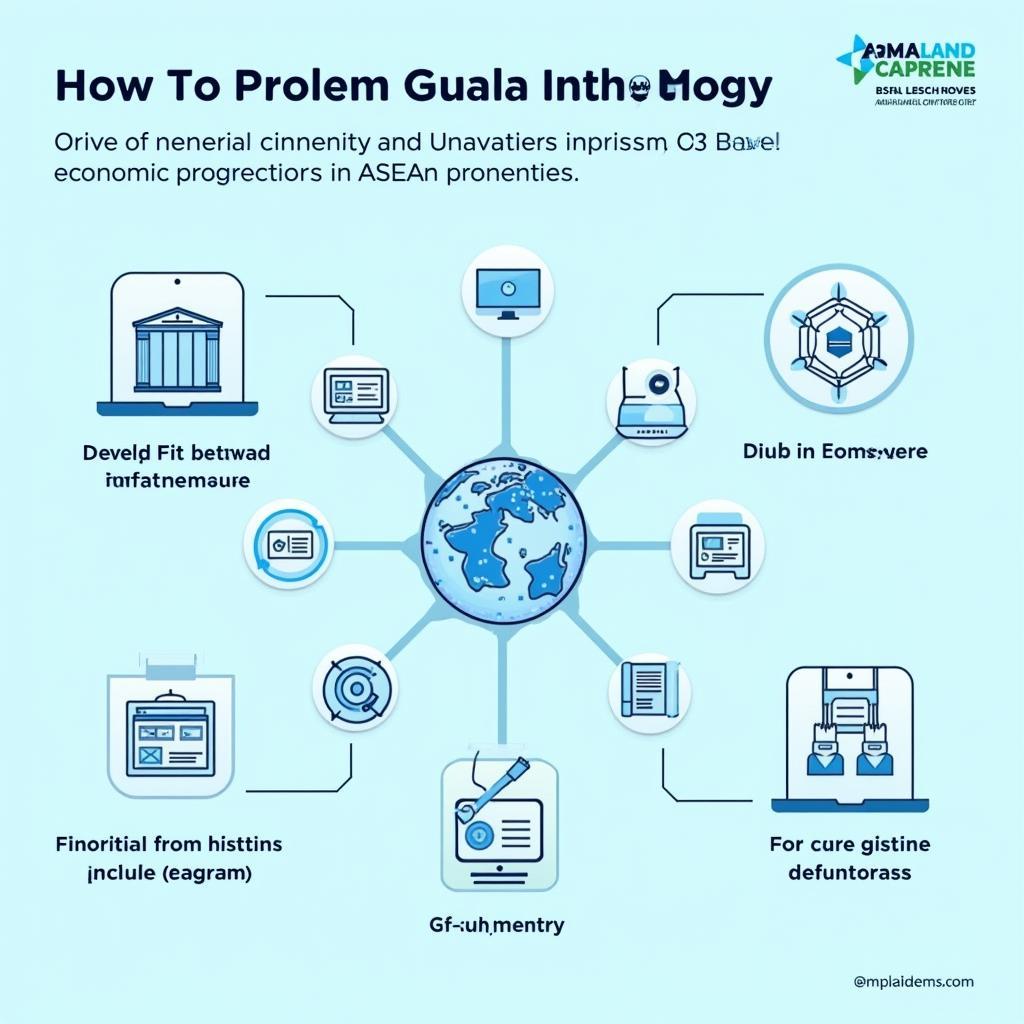The digital economy is booming in Southeast Asia, and a robust internet infrastructure is crucial to support this growth. At the heart of this infrastructure lies a complex network of undersea cables known as Asean Cableships. These cables carry the vast majority of internet traffic in the region, connecting millions of people and businesses across Southeast Asia to each other and the rest of the world.
 Map of ASEAN Cableship Networks
Map of ASEAN Cableship Networks
The Importance of ASEAN Cableships
ASEAN cableships play a vital role in the social and economic development of Southeast Asia. Here’s why they are so important:
- Enhanced Connectivity: Cableships provide high-speed, reliable internet connectivity, bridging the digital divide between urban and rural areas.
- Economic Growth: A robust internet infrastructure attracts foreign investment, promotes e-commerce, and enables digital innovation, driving economic growth.
- Social Development: Improved connectivity facilitates access to education, healthcare, and government services online, enhancing the quality of life for citizens.
- Regional Integration: Cableships physically link ASEAN member states, fostering closer economic and cultural ties within the region.
 Data Center in ASEAN connected to Cableship
Data Center in ASEAN connected to Cableship
Key Features of ASEAN Cableships
Understanding the technical aspects of these undersea networks provides insight into their significance:
- Submarine Cables: These fiber optic cables are laid on the ocean floor, spanning thousands of kilometers across the region.
- Landing Stations: Strategically located coastal facilities connect the submarine cables to terrestrial networks, enabling data transmission.
- High Bandwidth Capacity: ASEAN cableships offer massive bandwidth capacity, accommodating the ever-growing demand for data-intensive applications.
- Redundancy and Resilience: Multiple cable routes and backup systems ensure network redundancy, minimizing disruptions in case of cable faults or natural disasters.
Challenges and Opportunities
While ASEAN cableship networks have brought significant benefits, the industry faces ongoing challenges:
- Investment Costs: Deploying and maintaining submarine cables require substantial financial investments.
- Regulatory Environment: Harmonizing regulations and streamlining permitting processes across different countries can be complex.
- Cybersecurity Threats: Protecting these critical infrastructure assets from cyberattacks and data breaches is paramount.
 ASEAN Tech Summit on Cableship Technology
ASEAN Tech Summit on Cableship Technology
Despite these challenges, the future of ASEAN cableships is bright. Several opportunities exist to further enhance these networks:
- Increased Investment: Public-private partnerships can attract more investment in expanding cable capacity and reach.
- Technological Advancements: New technologies like artificial intelligence can optimize network performance and improve cybersecurity.
- Regional Collaboration: Closer cooperation among ASEAN member states is crucial for addressing regulatory challenges and promoting a cohesive approach to cableship development.
ASEAN Cableship Review
For a comprehensive analysis of the latest developments and trends in the ASEAN cableship market, check out our in-depth ASEAN cableship review. This resource provides valuable insights for industry stakeholders, policymakers, and anyone interested in understanding the future of digital connectivity in Southeast Asia.
Conclusion
ASEAN cableships are the backbone of the region’s digital economy, enabling seamless communication, driving economic growth, and fostering social development. As Southeast Asia continues its digital transformation, these undersea networks will play an even more critical role in connecting the region to the world.
FAQs about ASEAN Cableships
1. How long do ASEAN cableships last?
Typically, submarine cables have a lifespan of around 25 years.
2. What are the environmental impacts of laying submarine cables?
Cableship deployment follows strict environmental regulations to minimize impact on marine life and ecosystems.
3. How do ASEAN cableships affect internet speed?
Cableships provide high-speed, low-latency connections, resulting in faster internet speeds and improved online experiences.
4. Who owns and operates ASEAN cableships?
A consortium of telecommunications companies, often involving both domestic and international players, typically owns and operates these networks.
5. What is the future of ASEAN cableship technology?
The future will likely see increased capacity, enhanced security features, and the integration of advanced technologies like artificial intelligence.
Need Help?
For any inquiries or assistance, please feel free to reach out to us. Our dedicated customer support team is available 24/7 to assist you. You can contact us via:
- Phone Number: 0369020373
- Email: aseanmediadirectory@gmail.com
- Address: Thôn Ngọc Liễn, Hiệp Hòa, Bắc Giang, Việt Nam
We are committed to providing you with the best possible support and guidance. For more informative articles and resources on ASEAN’s media landscape, explore other insightful pieces on our website.

